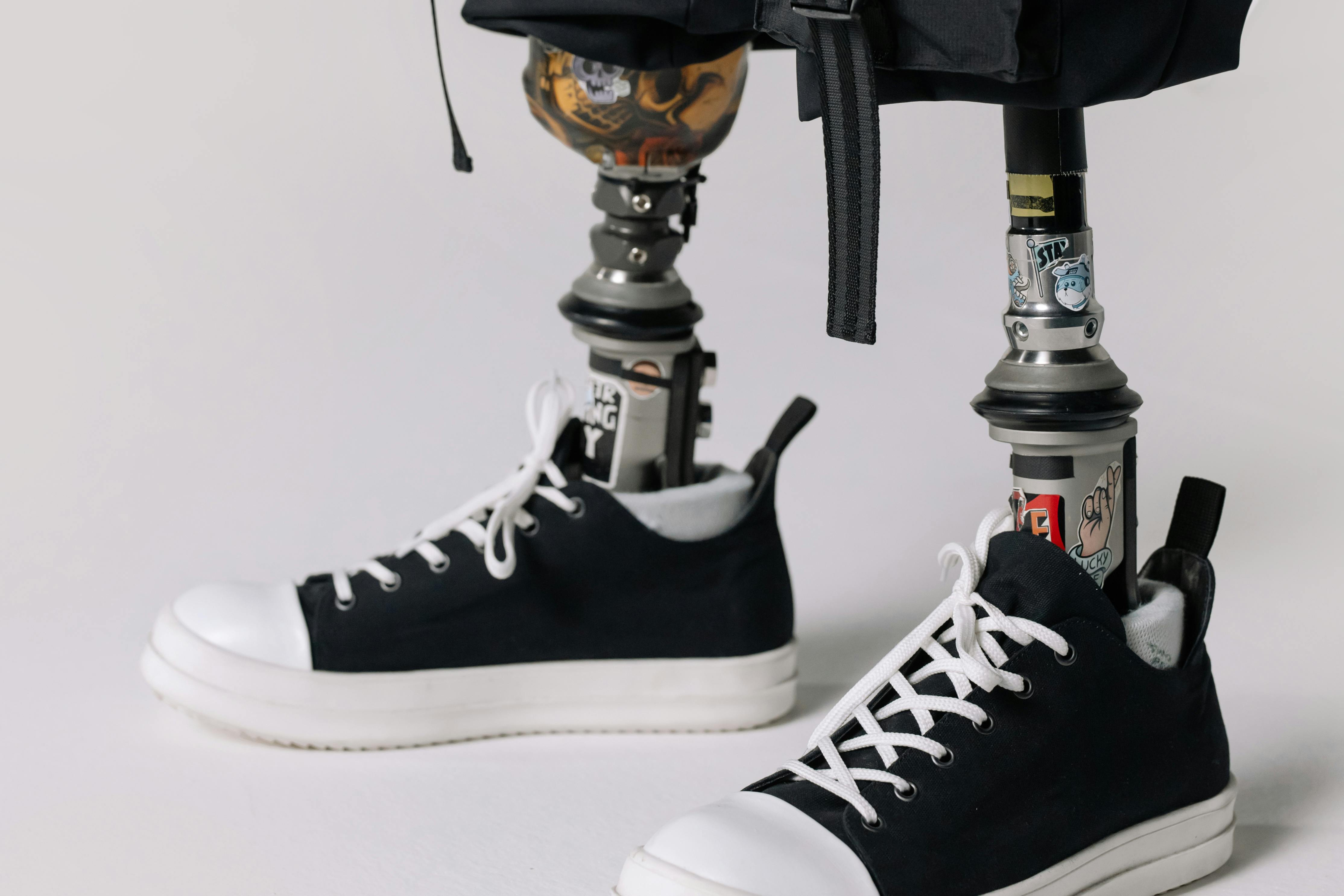Effective Ways to Get Rid of Mildew in Your Home
Mildew can be an alarming issue for homeowners, not just for its unsightly appearance but also for the potential health risks it presents. Understanding how to tackle mildew effectively is essential for maintaining a healthy living environment. In this article, we will explore comprehensive methods for how to remove mildew and prevent its growth. We will also review the best mildew cleaners available, both commercial and natural, as well as practical tips for keeping your home mildew-free.
By the end of this article, you'll be equipped with effective mildew removal techniques and prevention methods, ensuring your home remains a safe and pleasant space for you and your family.
Key Takeaways: Discover essential mildew removal tips, effective mildew cleaning strategies, and how to prevent future growth for a healthier home.
Understanding Mildew and Its Effects
To effectively combat mildew, it is crucial to first understand what it is and the conditions that promote its growth. Mildew is a type of fungus that thrives in moist environments, often appearing as a powdery or fuzzy layer on surfaces. Unlike mold, mildew is typically white or gray and has a flat growth pattern.
The presence of mildew can lead to various problems in your home, including:
- Health issues such as respiratory problems and allergies
- Damage to furnishings, fabrics, and walls
- Unpleasant odors affecting indoor air quality
By recognizing the causes of mildew and its telltale signs, you can take proactive steps to mitigate its impact on your home.
Identifying Mildew Growth Conditions
Mildew thrives in specific conditions, primarily those characterized by high humidity and poor ventilation. Common places for mildew growth include:
- Bathrooms and kitchens, especially near sinks and tubs
- Basements with insufficient air circulation
- Storage areas that are often dark and damp
Understanding these environments will help you take preemptive measures against mildew growth.
Effective Mildew Removal Techniques
With a solid understanding of mildew, we can delve into mildew removal techniques. These methods range from homemade solutions to commercial products, and knowing which to use can make the cleaning process more efficient.
Homemade Mildew Remover Solutions
For those looking for natural and eco-friendly options, several homemade solutions can effectively eliminate mildew:
- Killing mildew with vinegar: White vinegar can be sprayed directly onto affected areas. Its acidity helps break down mildew stains and prevent further growth.
- Essential oils for mildew: Oils like tea tree, lavender, and eucalyptus have natural antifungal properties. Mixing a few drops with water makes a great mildew-fighting spray.
- Baking soda paste: Mixing baking soda with water creates a paste that can be applied to stubborn mildew stains. Let it sit before scrubbing to maximize its effectiveness.
Commercial Mildew Removal Products
If homemade solutions are not effective, consider the commercial mildew removers available in hardware stores. Look for products that specifically mention mildew removal on their labels. Some popular options include:
- Chlorine bleach for mildew stains (use with care and proper ventilation)
- Multi-surface cleaners formulated to tackle both mold and mildew
- Enzyme-based cleaners that break down mildew without harsh chemicals
When using commercial products, always follow the manufacturer’s instructions to ensure safety and effectiveness.
Preventing Mildew Growth in Your Home
Once you've successfully dealt with mildew, your next priority should be to implement mildew prevention methods. Prevention is often the easiest approach and can save you time and resources in the long run.
Humidity Control Techniques
The key to preventing mildew is controlling the humidity levels in your home. Here are some effective techniques:
- Use dehumidifiers: In damp areas such as basements, ensure to use dehumidifiers to keep humidity levels below 60%.
- Improve ventilation: Open windows when weather permits and utilize exhaust fans in moisture-prone areas like kitchens and bathrooms.
- Seal areas prone to leaks: Check for any plumbing leaks or cracks in walls and seal them to prevent moisture ingress.
Regular Cleaning and Maintenance
A cleaning strategy focusing on moisture-prone areas will greatly reduce the risk of mildew. Regular cleaning with mildew cleaning supplies ensures that spores do not settle and proliferate. Here are some tips:
- Wipe down shower walls and curtains after use to prevent mildew in bathrooms.
- Use hygrometers to monitor humidity and perform regular checks in storage areas.
- Invest in mildew-resistant paints and materials for areas prone to dampness.
Conclusion: A Mildew-Free Home
Successfully navigating the challenges of mildew in your home requires a combination of effective removal techniques and strategic prevention methods. Understanding the nature of mildew, recognizing its growth conditions, and using safe and successful cleaning solutions will shield your home from this potential hazard.
By implementing the techniques outlined above, you'll not only tackle existing mildew issues but also create an environment that naturally discourages future growth. Keeping a keen eye on moisture levels and maintaining cleanliness are your best defenses against mildew. With diligence and the right strategies, achieving a mildew-free home is within reach!
